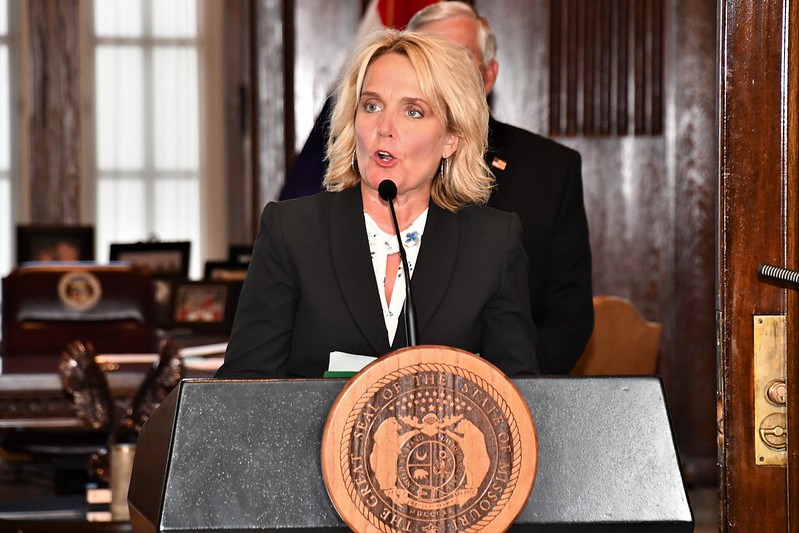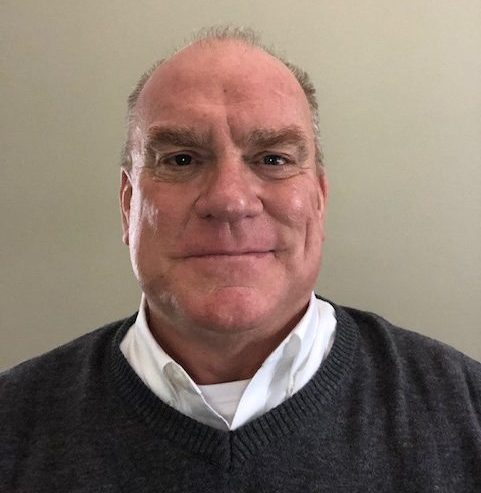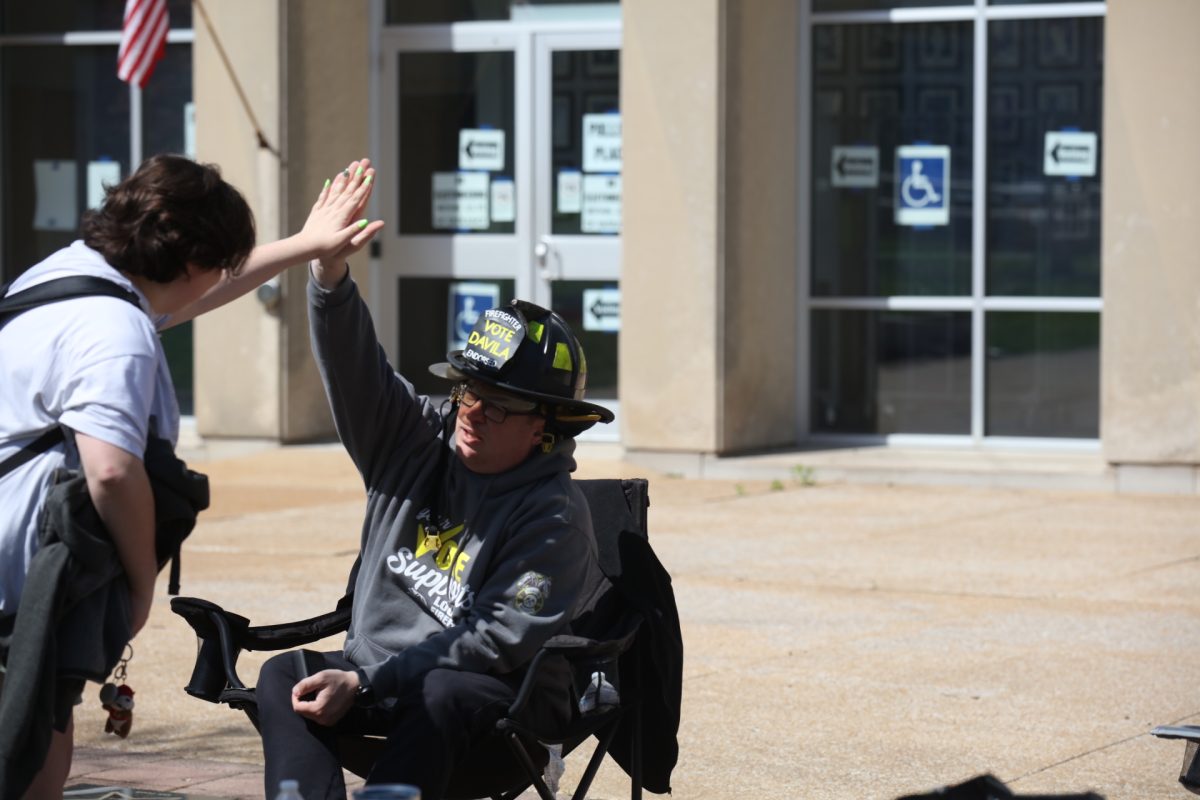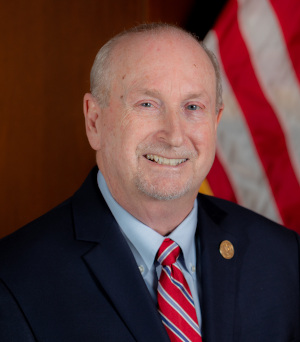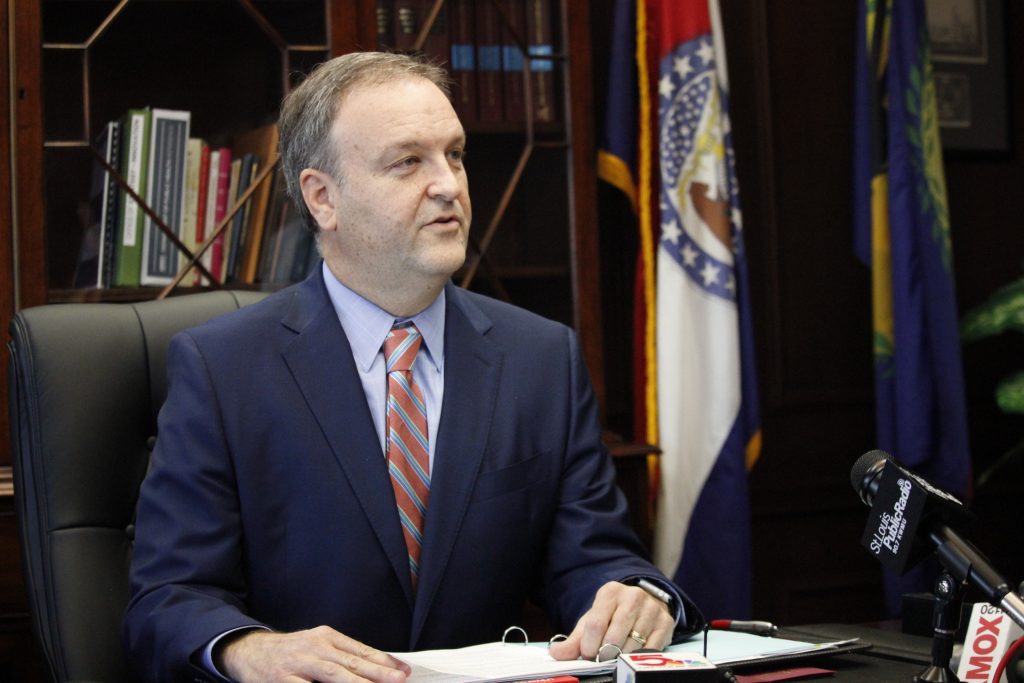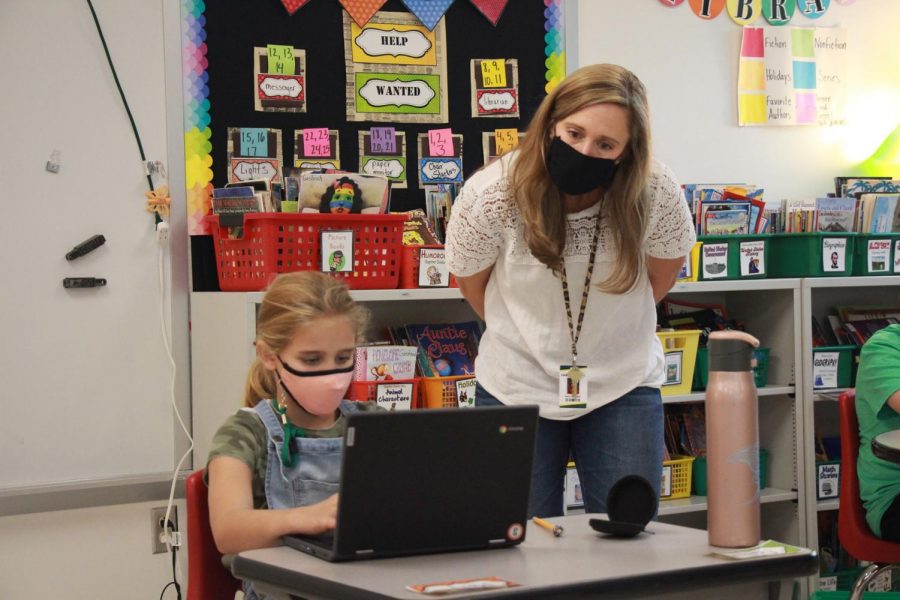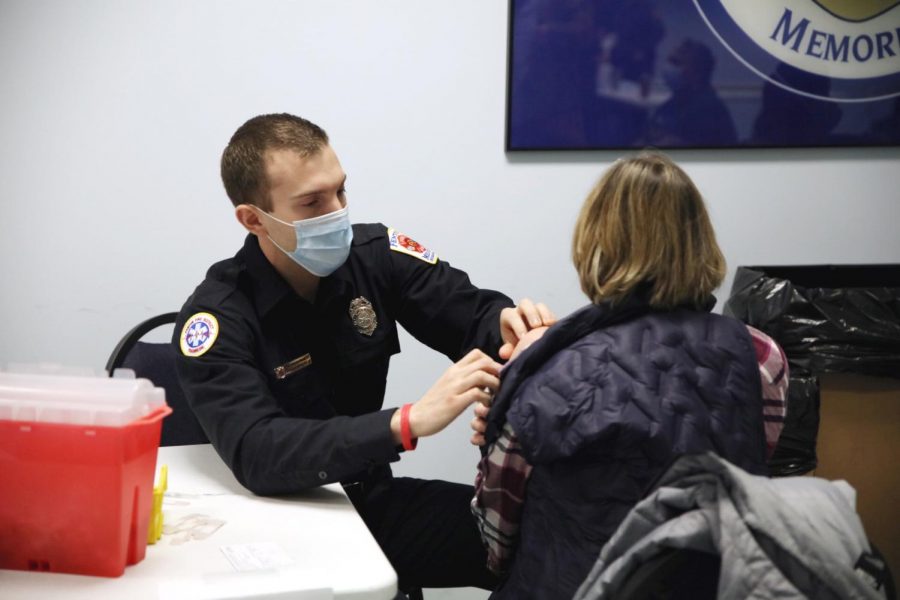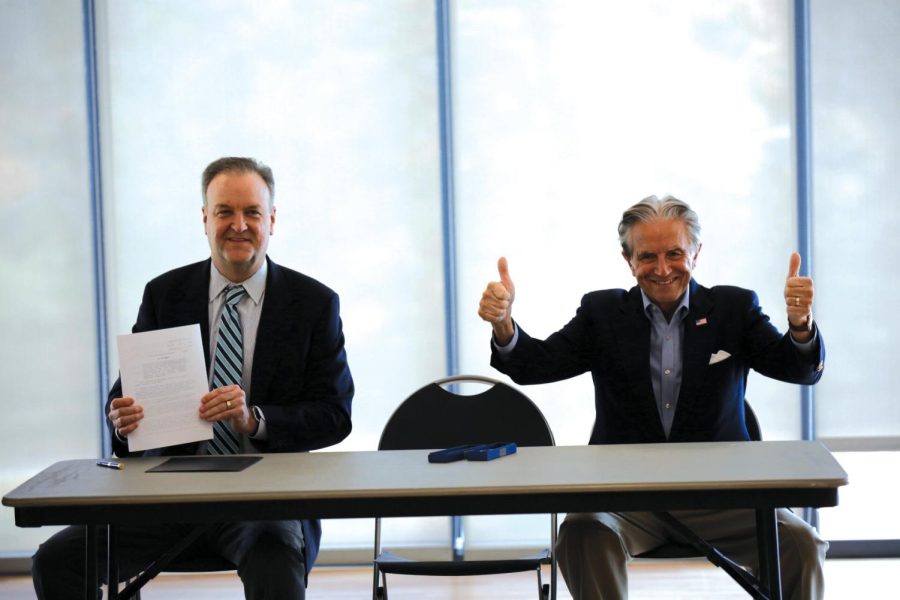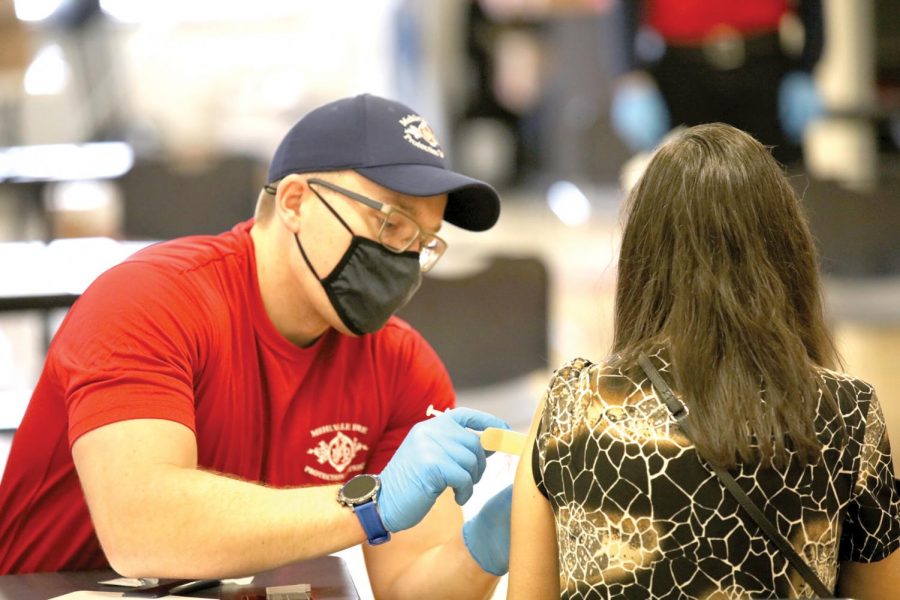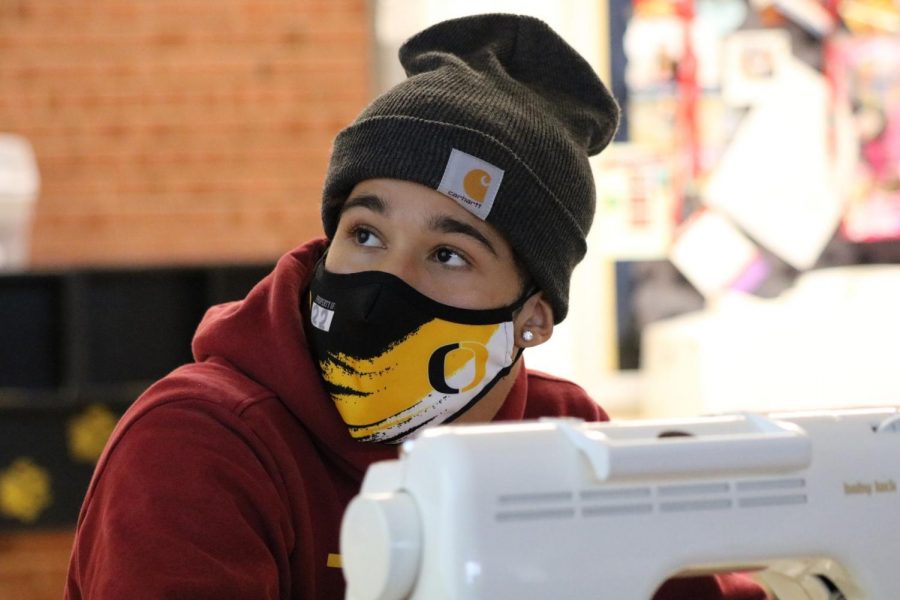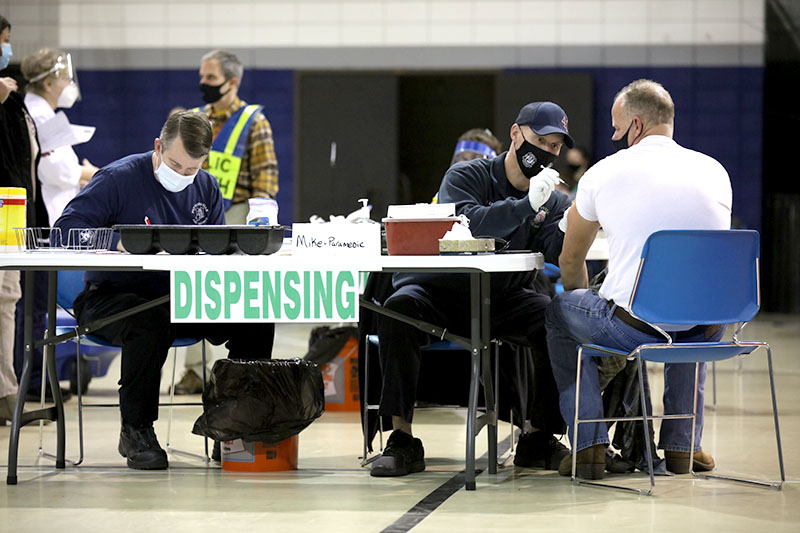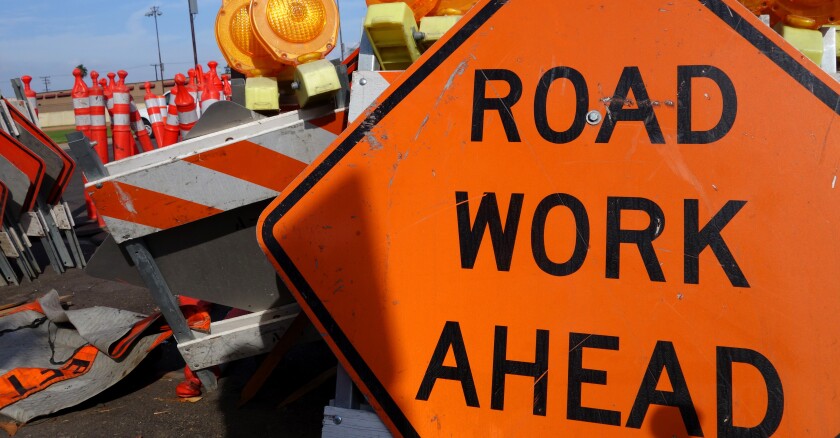Editor’s note: Although Missouri relaxed restrictions on schools Thursday, St. Louis County still has quarantine rules in effect. County Council Chairwoman Lisa Clancy tweeted, “This latest move from our Governor represents an abdication of his fundamental responsibility to use his power to keep Missourians safe and healthy throughout this crisis. We will continue to do whatever we can in St. Louis County to fill in the Governor’s jarring gaps.”
Students and teachers in Missouri school districts may no longer have to quarantine from the classroom for a full 14 days if they have come into contact with a positive COVID-19 case, under new guidance released by the state on Thursday.
If both the close contact and individual who tested positive were wearing masks “appropriately during the exposure in the school setting” then the person in close contact does not need to quarantine, according to the updated guidance.
The relaxed quarantine rules are optional for districts to adopt and only apply to students and staff in K-12 schools with mask mandates, Gov. Mike Parson announced during a press conference Thursday morning.
If a school has not implemented a mandate, or if either individual was not wearing a mask correctly, then close contacts should still quarantine for 14 days at home. The individual who tested positive must still isolate themselves and if close contacts experience symptoms, they should stay home, according to the guidance.
The new guidance came hours after the state reported a record 4,603 new COVID-19 cases Thursday — the fifth day out of the last six that the state has seen more than 4,000 new cases.
And it follows requests from some school districts pleading for a shortened quarantine period or to allow close contacts to avoid it altogether if masks were worn by both individuals. Some districts have revised their policies to label students as “essential,” allowing those identified as close contacts to continue to attend classes in person if they are asymptomatic and wearing a face covering when around others.
Department of Elementary and Secondary Education Commissioner Margie Vandeven said that the current 14-day quarantine rules “are not sustainable” and are putting a strain on schools and families. And Vandeven noted that students staying home when quarantining often still see friends without masks.
“So having those students at school where distancing and masking are monitored, may be among the safest places for them and may help to further reduce overall community spread,” Vandeven said.
“In addition, the large number of teachers and school staff members in quarantine has made it impossible for some Missouri schools to continue offering any in-person learning opportunities for a period of time.”
The state’s expanded guidance appears to go against the Centers for Disease Control and Prevention’s own guidelines, which recommend that employees and students stay home and quarantine for 14 days if they have been exposed, are showing symptoms or tested positive.
Late last month, the CDC expanded its definition of a “close contact” to anyone who has been within six feet of an infected individual for a total of 15 minutes or more. The CDC had previously defined a close contact as anyone who had been in that proximity for 15 consecutive minutes at a time.
It was a point Kansas City Mayor Quinton Lucas noted in a statement following the announcement, saying he could not recommend Kansas City schools follow the guidance “given the increasing uncontrolled spread of COVID-19 in our community.”
“We will continue to take seriously the recommendations set forth by our nation’s leading scientific experts at the Centers for Disease Control and Prevention,” Lucas said. “As of today, CDC guidance regarding quarantine periods in schools has not changed, even when masks are present at the time of COVID-19 exposure. Kansas City will continue to follow that guidance.”
Benjamin Neuman, the head of Texas A&M University-Texarkana’s biology department and a virologist who has worked with coronaviruses for over two decades, said that it can take up to 14 days for people to show COVID-19 symptoms — and that the two-week period should not be altered.
“Just shortening the quarantine arbitrarily because parties were wearing a mask is not a good idea,” Neuman said, noting that the virus can still spread even when masks are worn. “We keep trying to make rules and expecting the virus to follow those rules. And when the rules do not line up with what we know from scientific experiments, then this is a recipe for failure.”
In a Facebook post after Thursday’s announcement, the Columbia/Boone County Department of Public Health and Human Services wrote that weakening quarantine guidelines in schools, “could reduce the effectiveness of one of our best mitigation strategies to reduce the spread of COVID-19 in our community.”
“We cannot ignore the risk of a student or staff member spreading the virus to family members or other members of our community that could result in hospitalization or death,” the department wrote. “For these reasons, we have no final decision on adopting the state’s recommendations.”
Rachel Orscheln, an associate professor of pediatrics in the Division of Infectious Diseases at Washington University and St. Louis Children’s Hospital, said it’s reasonable for the state to adapt its approach based on the current spread of cases throughout schools.
“As we follow the data, we find that there are very few secondary cases developing in those students,” Orscheln said Thursday.
Parson said the Department of Secondary and Elementary Education will address specific questions, like how the new guidance will apply to students when they remove their face masks to eat lunch.
Parson said he hoped the guidance would provide relief to parents — especially healthcare workers on the frontlines.
“As we continue to evaluate our COVID-19 response efforts, we’re hearing more and more that some hospitals are experiencing staffing challenges due to the parents of school-aged children having to stay home with their quarantined students,” Parson said.
On Tuesday, Randall Williams, the director of the Department of Health and Senior Services, said in children the virus is “a different disease,” citing lower mortality rates among children.
According to the CDC, eight out of 10 COVID-19 deaths reported in the U.S. have been in adults 65 years and older. However, children are not immune and can still contract and spread the virus.
“Children can catch coronavirus, children can spread coronavirus back to their families,” Neuman said. “There’s really not much different about children from the virus’ point of view, it sees them as as good of hosts as an adult.”
After contracting COVID-19 some children have also developed multisystem inflammatory syndrome, which can be potentially fatal. Earlier this month, an eighth-grader was the first child under 18 to die from COVID-19 in Missouri.
This article is from the Missouri Independent.



